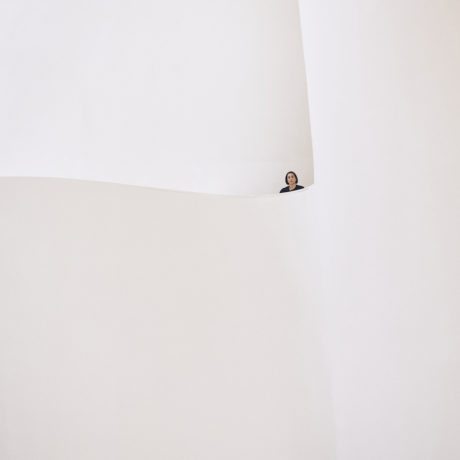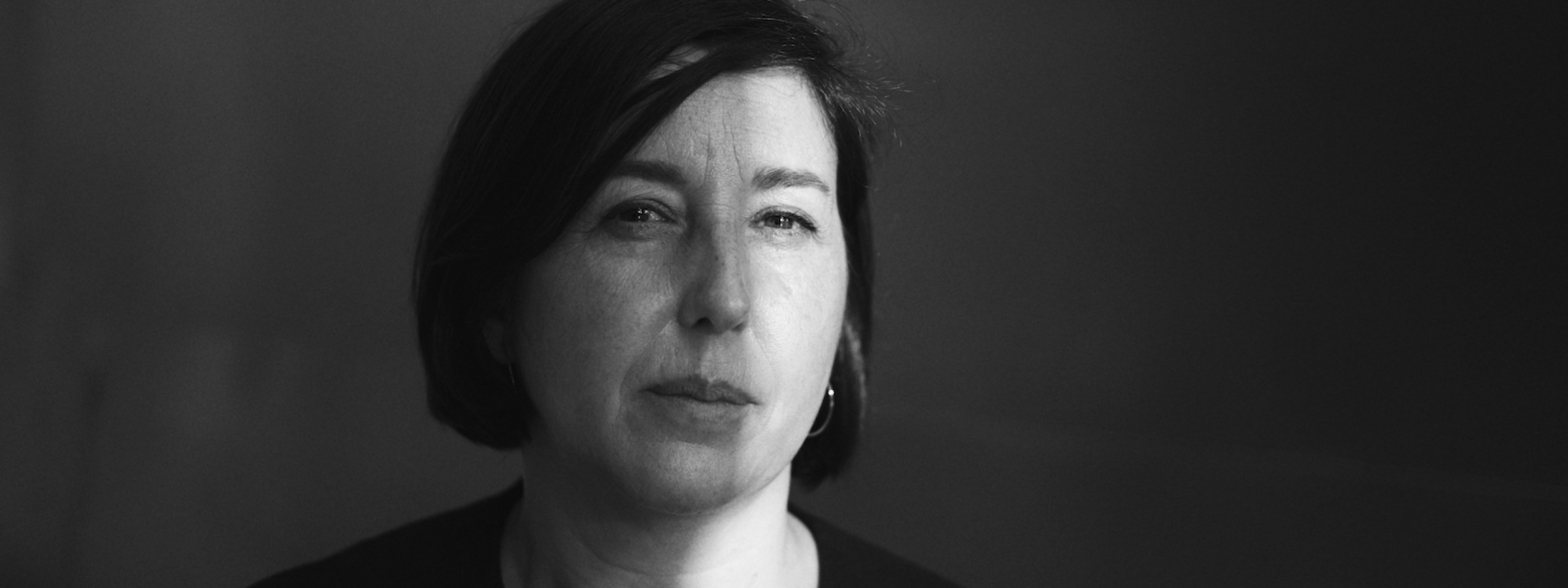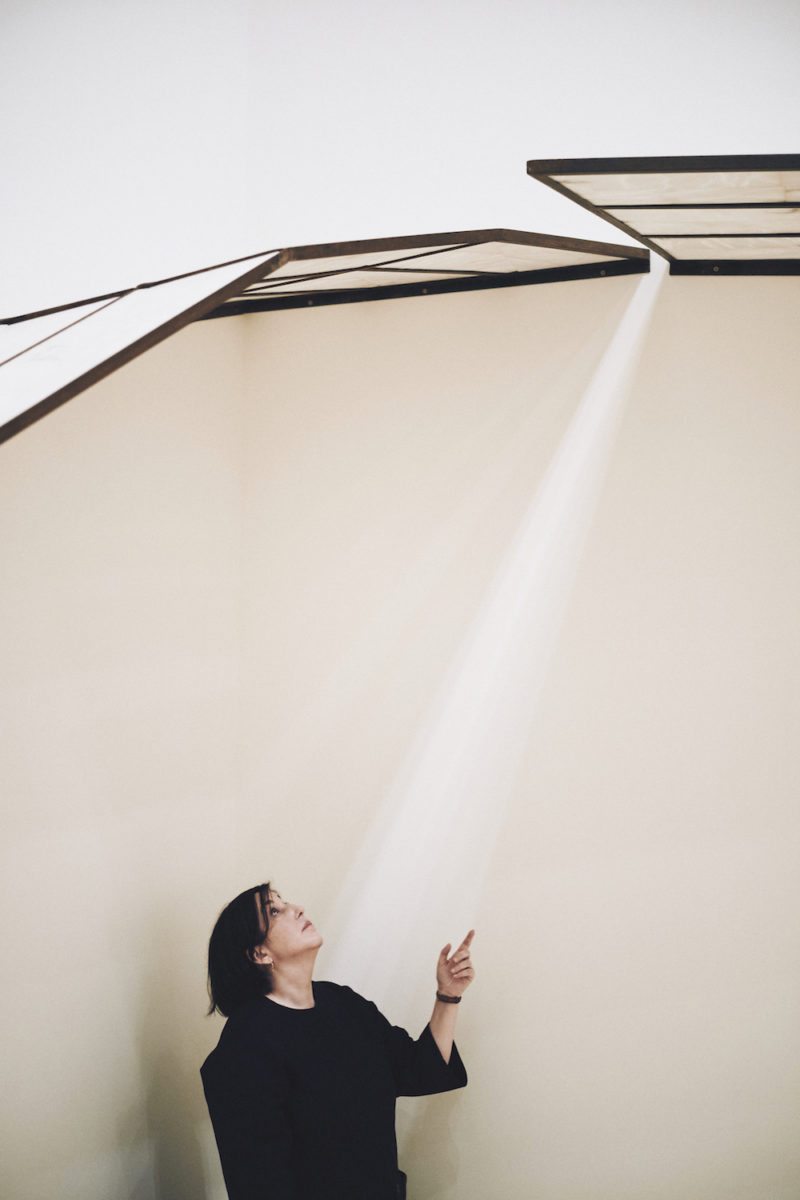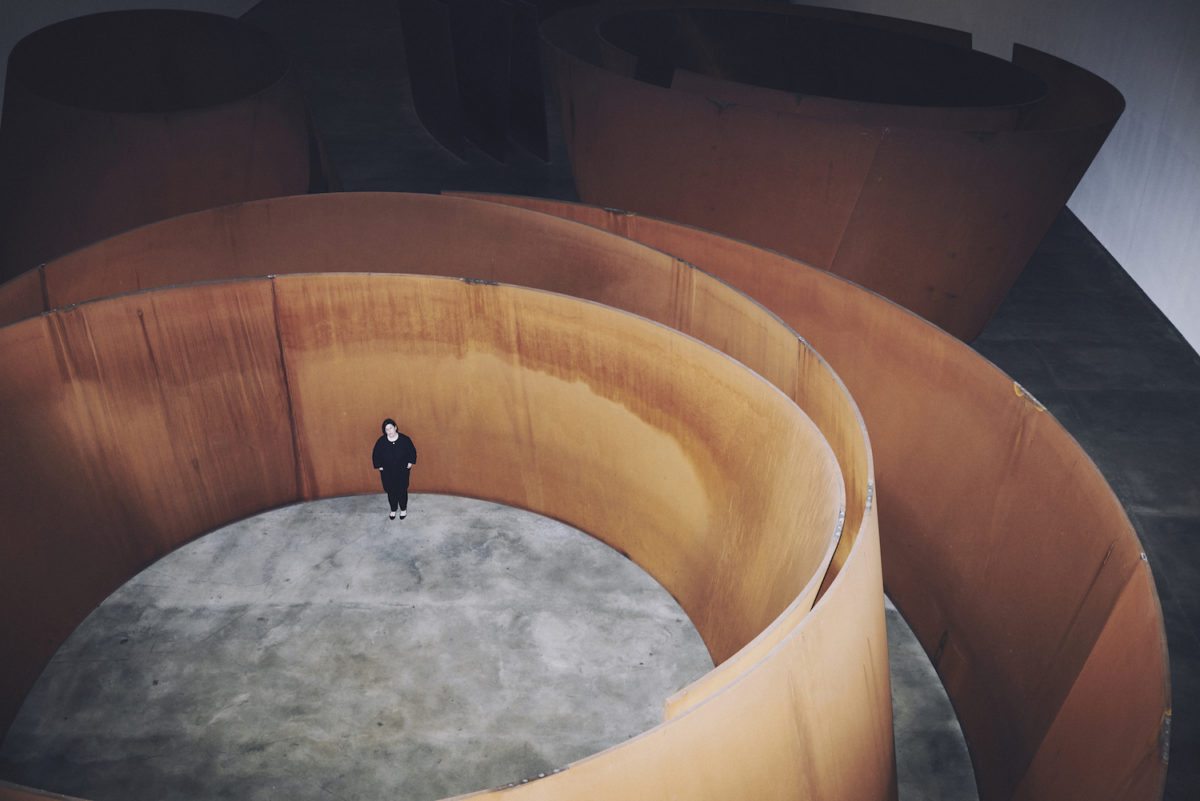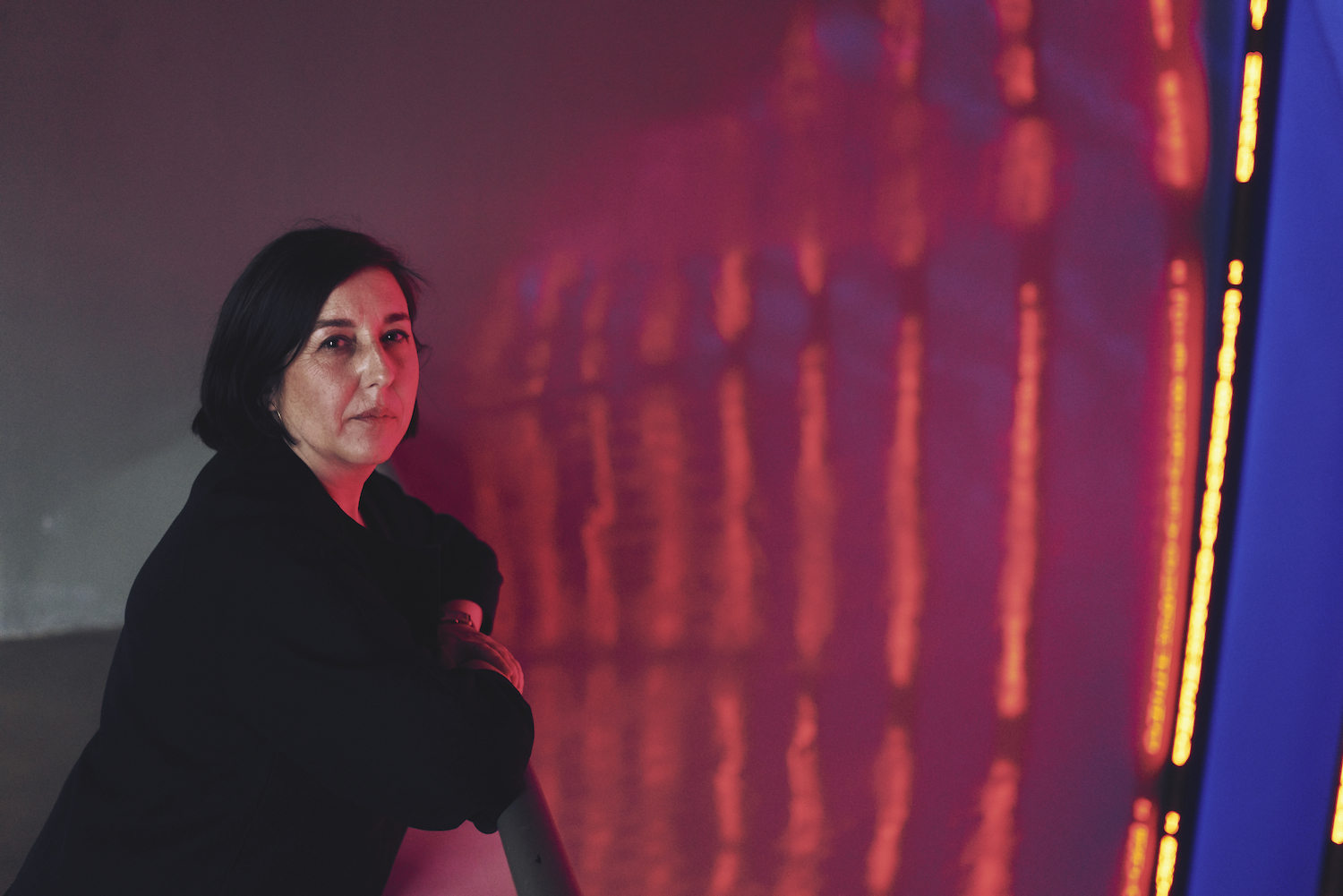 I usually wake up quite early in the morning, and after having breakfast at home I go out for a quick walk with my dog before driving to work. During the winter I live in a medium-sized village, on the seashore, which is quite near to Bilbao, and from June to November I live in a country house in a small little village (around 500 inhabitants).
I usually wake up quite early in the morning, and after having breakfast at home I go out for a quick walk with my dog before driving to work. During the winter I live in a medium-sized village, on the seashore, which is quite near to Bilbao, and from June to November I live in a country house in a small little village (around 500 inhabitants).
I usually try to dress in semi-formal attire, with flat shoes, but I always have some accessories in the office so I can dress up my outfit, because occasionally I have an unexpected visit. I always try to feel comfortable at work.
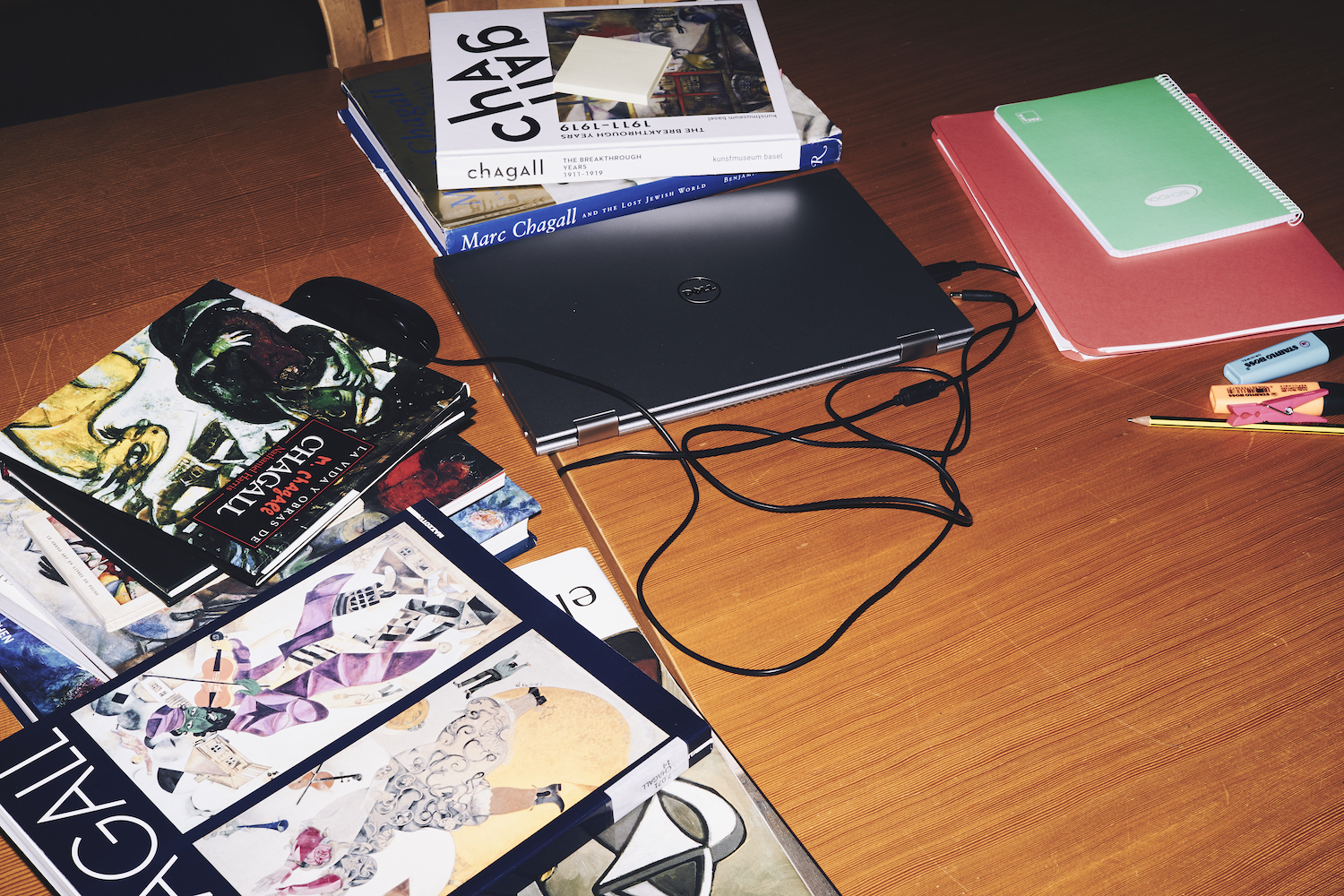
Every single day is different because there is no routine and everything changes depending on the stage of the project I am working on, or the needs of the other departments at the museum. Currently I am working on a Chagall show for the summer, focusing on the loans, exhibition layout and texts, and other materials. At the same time, I am working on a 2019 show and on other projects, so it is almost impossible for me to have a fixed daily schedule. Every morning I prepare a list with my goals and tasks for that day and try to accomplish as much as possible.
“One of the best things about this work is having the opportunity to walk through Richard Serra’s The Matter of Time, alone”
Normally I have lunch inside the museum, but never at my desk. On Wednesdays I usually have lunch outside or at the museum’s Bistró with my niece, who is studying at the University of Deusto, a ten-minute walk away, just on the other side of the Nervión river. I like to stop for an hour, more or less. I need that short break to speak about things not related to my work.
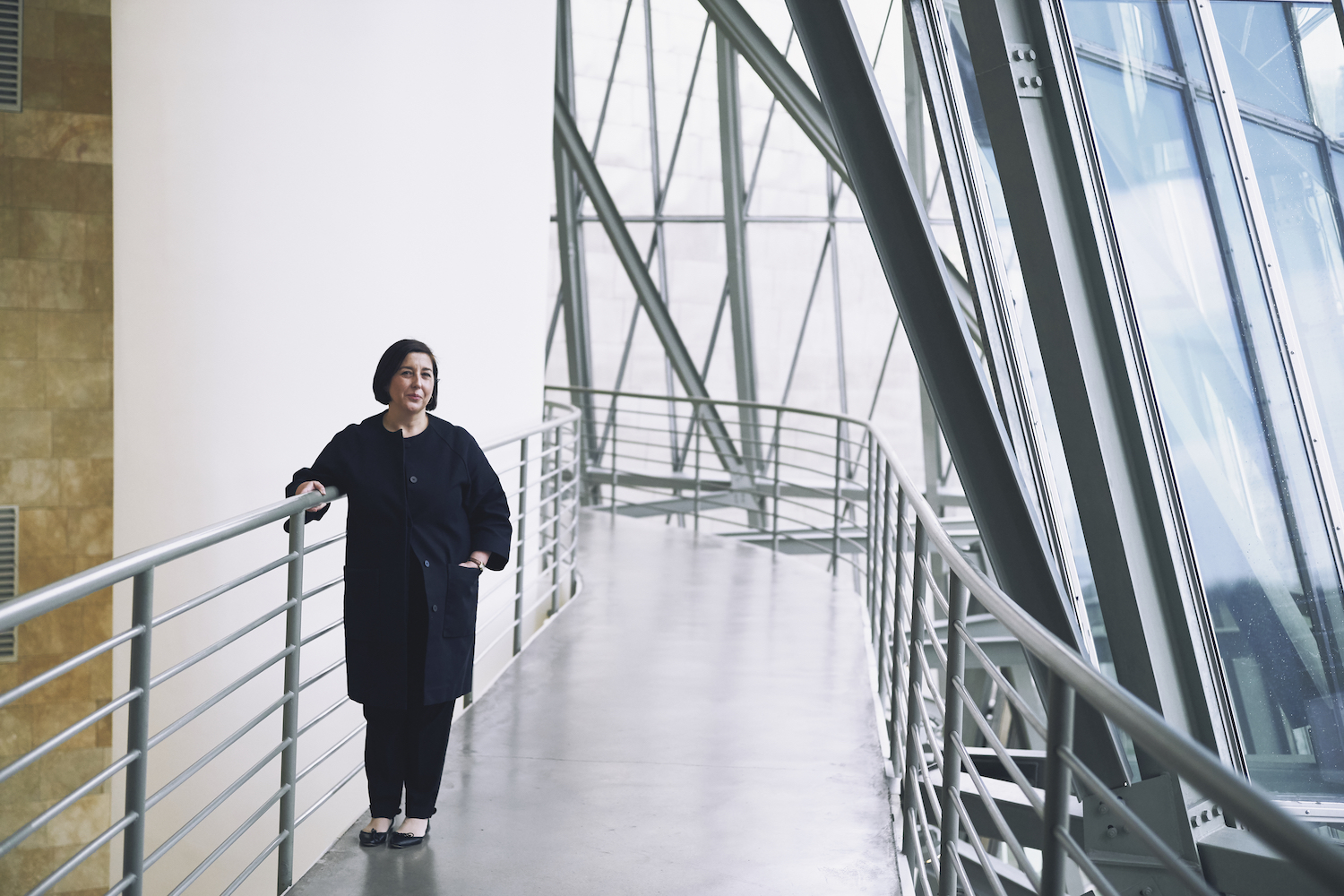
It is not usual to have meetings in the afternoon, therefore after lunch is a good time to read, write and work on emails. I like to be at the museum library in the afternoons. There is no one there and it is a beautiful place to work.
There is no part of the day that stands out as the most exciting—it all depends on the stage of the show that involved in. During the research and development period, the most exciting part is when I get a positive response from a lender. After that, it would be when the layout on the models look perfect for me, or during the installation stage when the artworks begin to come out of the crates, or finally when the lights, labels and last touches are perfect. Also, it’s so exciting when I can open the exhibition catalogue, brand new, and take the plastic off it. I love the feel of the exhibition catalogues, due to the quality of the paper.
For me, one of the best things about this work is having the opportunity to walk through Richard Serra’s The Matter of Time, alone.
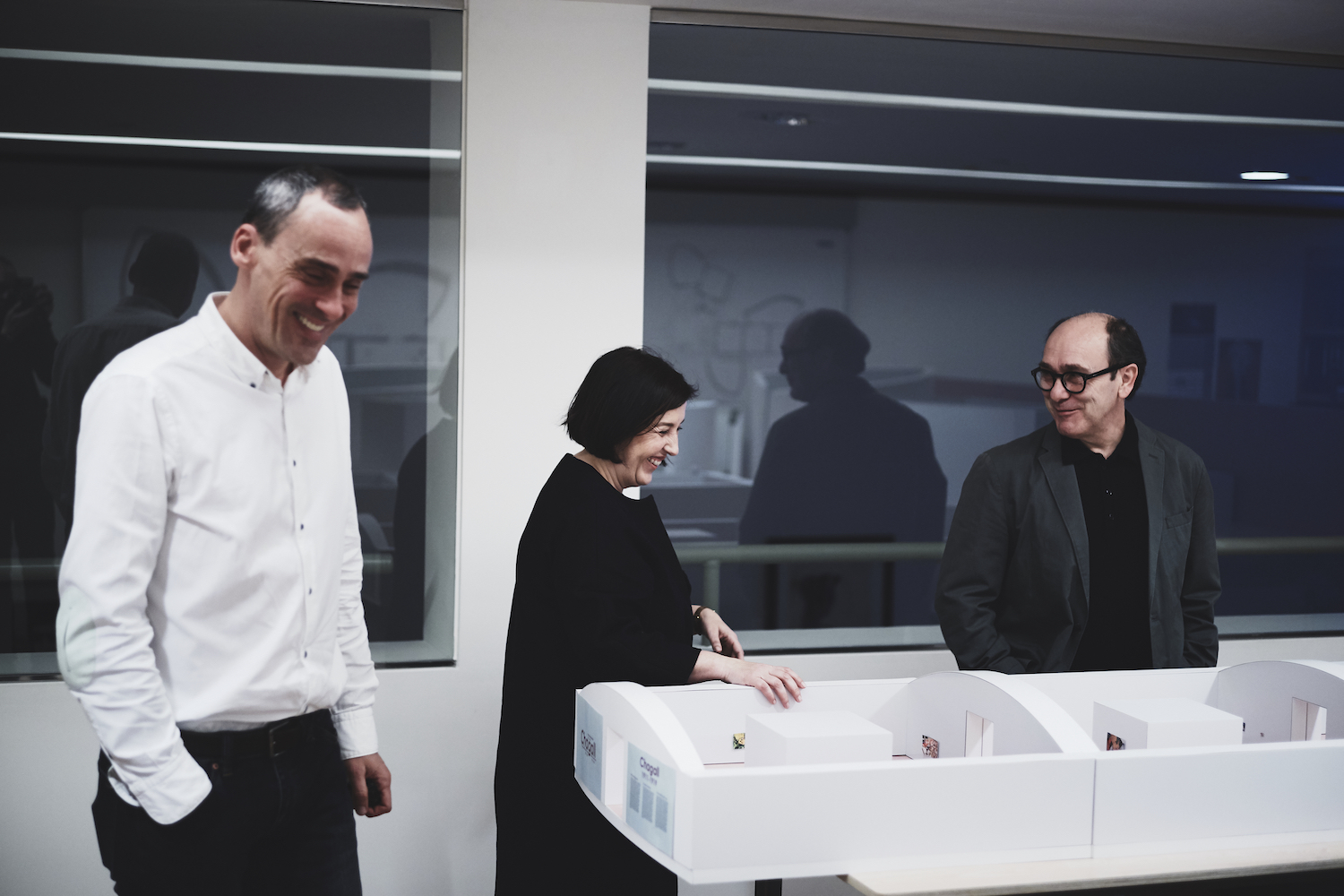
In the mornings my day is quite influenced by the rest of the museum staff who work on the projects that I am curating, such as the registrars, staff working on the publications or an education programme, and of course by collectors, artists and other art institutions.
In the past year I curated three completely different shows, and the relationships with the lenders, estates and artists were so different in each case. Abstract Expressionism was a collaboration with the Royal Academy of Arts and I co-curated the show with Edith Devaney. Pello Irazu: Panorama and Bill Viola: A Retrospective were shows that were on view only in Bilbao. I forged close relationships with these two living artists and their teams. In Abstract Expressionism and Chagall the contact with other institutions, collectors and estates were and still are extremely important.
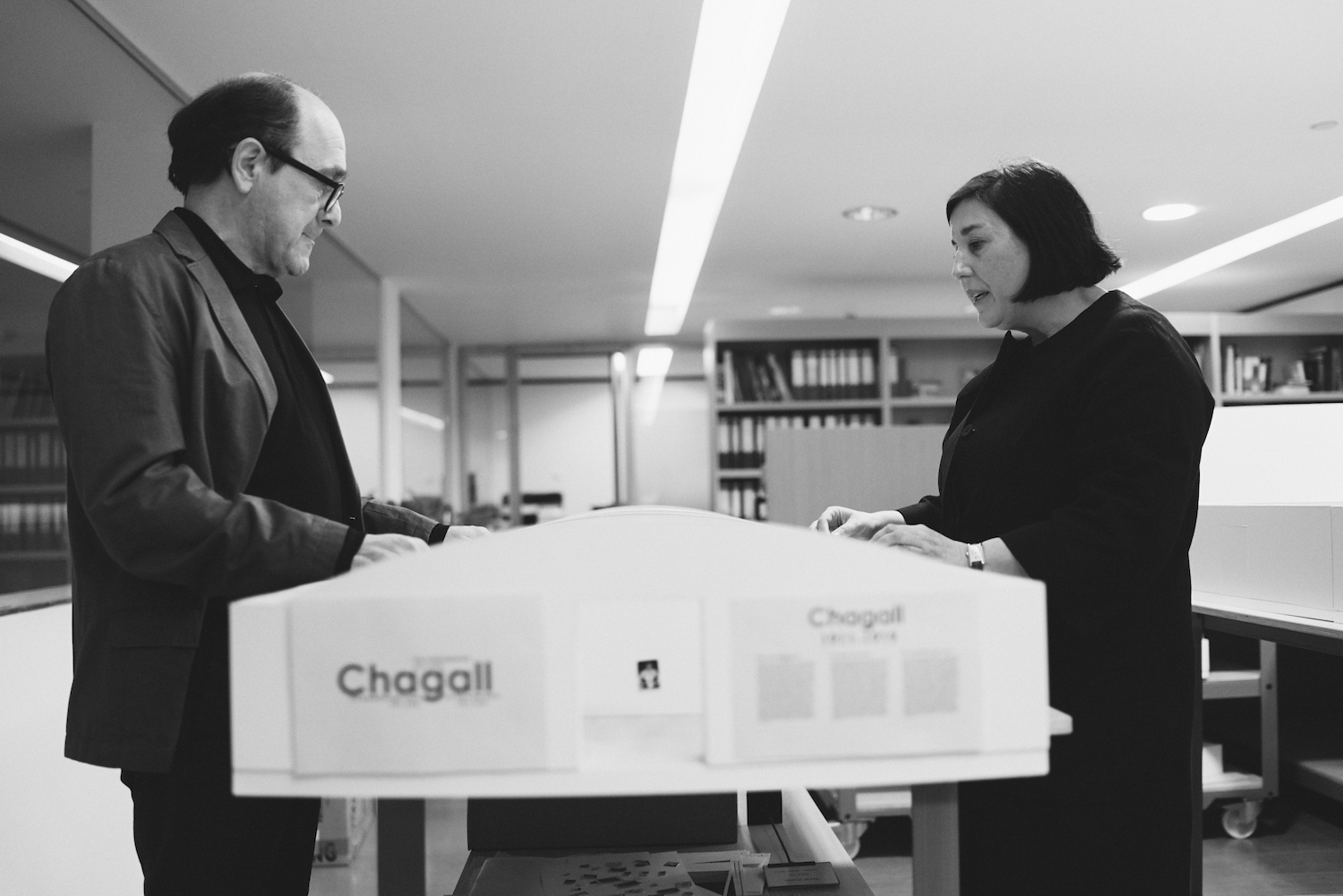
To live in the Basque Country, with the mountains and Cantabrian Sea just fifteen minutes from Bilbao’s centre, is outstanding. Bilbao offers you all that you need in a medium-sized metropolitan area. But what I like most is our rich culinary heritage, and of course, our pintxos, which are a sort of small, elaborate bites just for one person. Our cuisine is extremely good, not just at the Michelin-starred restaurants, such as Nerua at the museum, but the seasonal products that determine what we consume at different times of the year. Food is a way for us to socialize; everything happens around a kitchen or restaurant table.
In term of shops, for clothes I love to buy at Minimil, it is a Basque clothing company, with good quality clothes, clean cuts and dark colours such as navy and dark green. Following the two museum restaurants, Guggenheim Bistró and Nerua, I also like Sua San, a tiny spot with good quality food, quick and nice service. I also enjoy the great chocolate truffles and palmiers at Arrese, and the best sandwiches at Bar El Eme, with homemade bread and a secret sauce created by the great-grandfather of the present owners.
“Bilbao offers you all that you need in a medium-sized metropolitan area. But mainly what I like most from here is our rich culinary heritage”
The old town is also a great spot for doing shopping, the Basque berets at Sombrereria Gorostiaga and Boinas Elosegui, and the pintxos in this area are superb, and the old food market too.
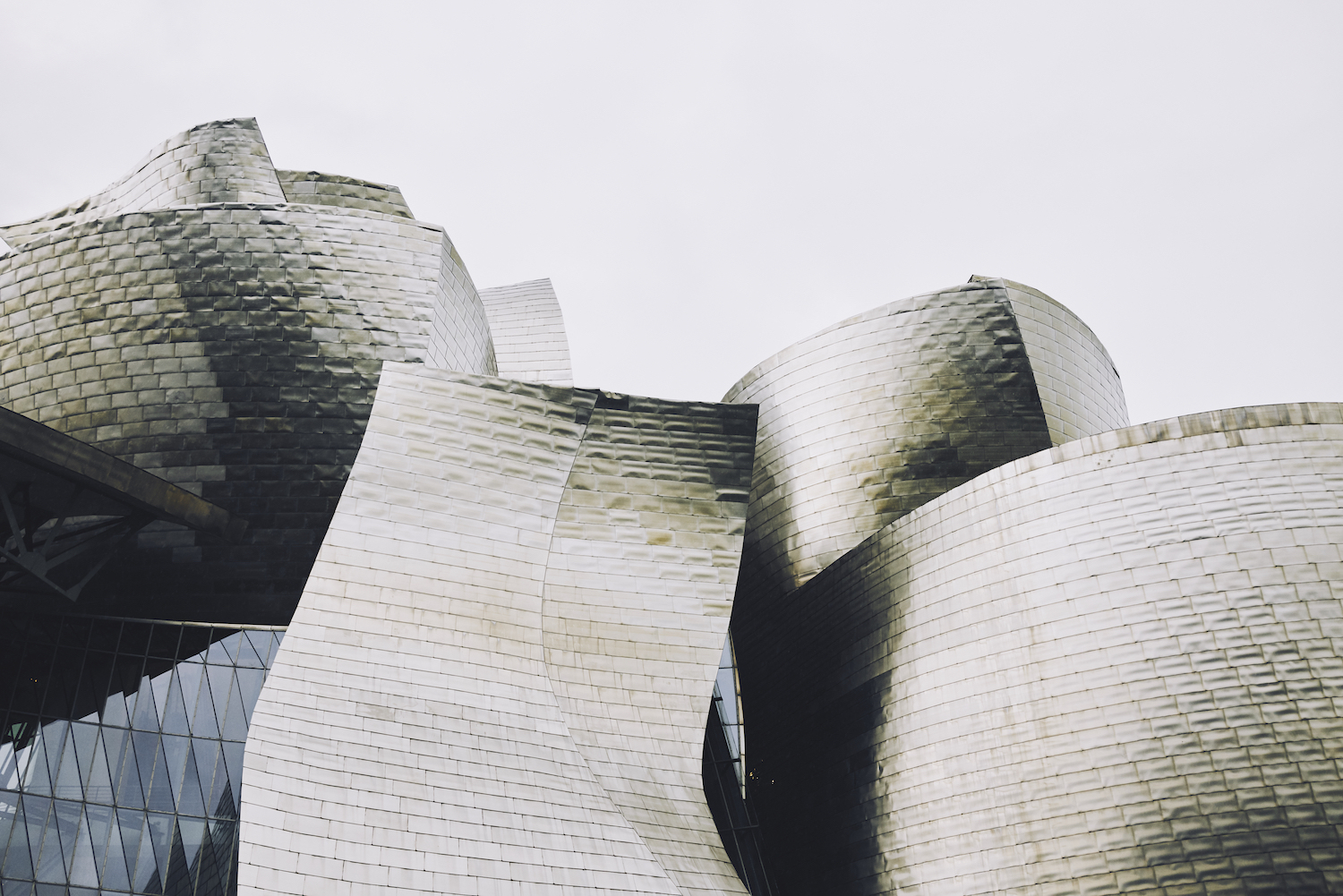
Bilbao is a medium-sized city; therefore, it is not too stressful, every spot is well connected by tram, bus or subway. But when it rains, which happens a lot, you can have some troubles reaching the outskirts of Bilbao in rush hour. If not, in one hour you can easily reach San Sebastian with its film festival, the Vitoria-Gasteiz Jazz Festival and other important events in the Basque country. The city’s size means that the cultural life is not as vivid as in the bigger cities, such as London, Paris or New York, but there are some great events, such as the Bilbao BBK Live, the Aste Nagusia (a week-long festival at the end of August) and fantastic exhibitions across the city’s museums and galleries. In a city like Bilbao anonymity is quite rare; for better or for worse, the “six degrees of separation” here are just two or three.
Photography © Benjamin McMahon
Guggenheim Museum Bilbao
VISIT WEBSITE